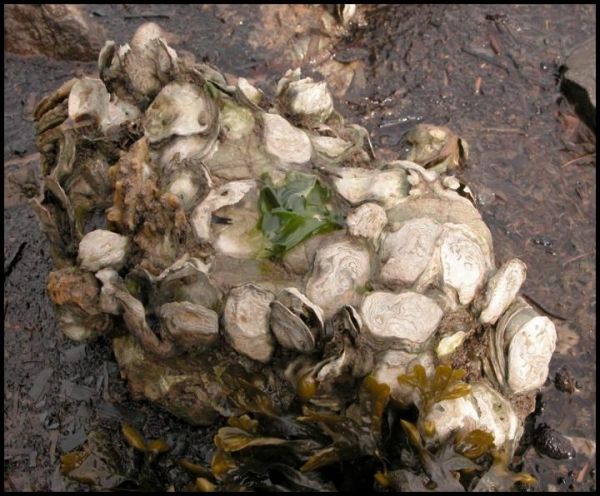Ocean acidification is bad news for shellfish, making it harder for them to form their calcium-based shells. But several other factors related to climate change could also make California bays less hospitable to shelled organisms like oysters, which are a key part of the food web.
Changes to water temperature and chemistry resulting from human-caused climate change could shrink the prime habitat and farming locations for oysters in California bays, according to a new study from the University of California, Davis.
The study, published today in the journal Limnology and Oceanography, shows that changes to dissolved oxygen levels, water temperature, and salinity could have an even greater impact than ocean acidification on oyster growth in estuaries and bays.
“The study demonstrates that focusing on ocean acidification alone is misguided,” said UC Davis Professor Ted Grosholz, who led the study with funding from California Sea Grant. “Many climate-related stressors contribute to the projected shrinkage of the estuarine zone, where oysters and likely other shellfish would need to flourish.”
Read more at University of California - Davis
Image: A boulder of native oysters near Tomales Bay, California. (Credit: Courtesy Ted Grosholz, UC Davis)


